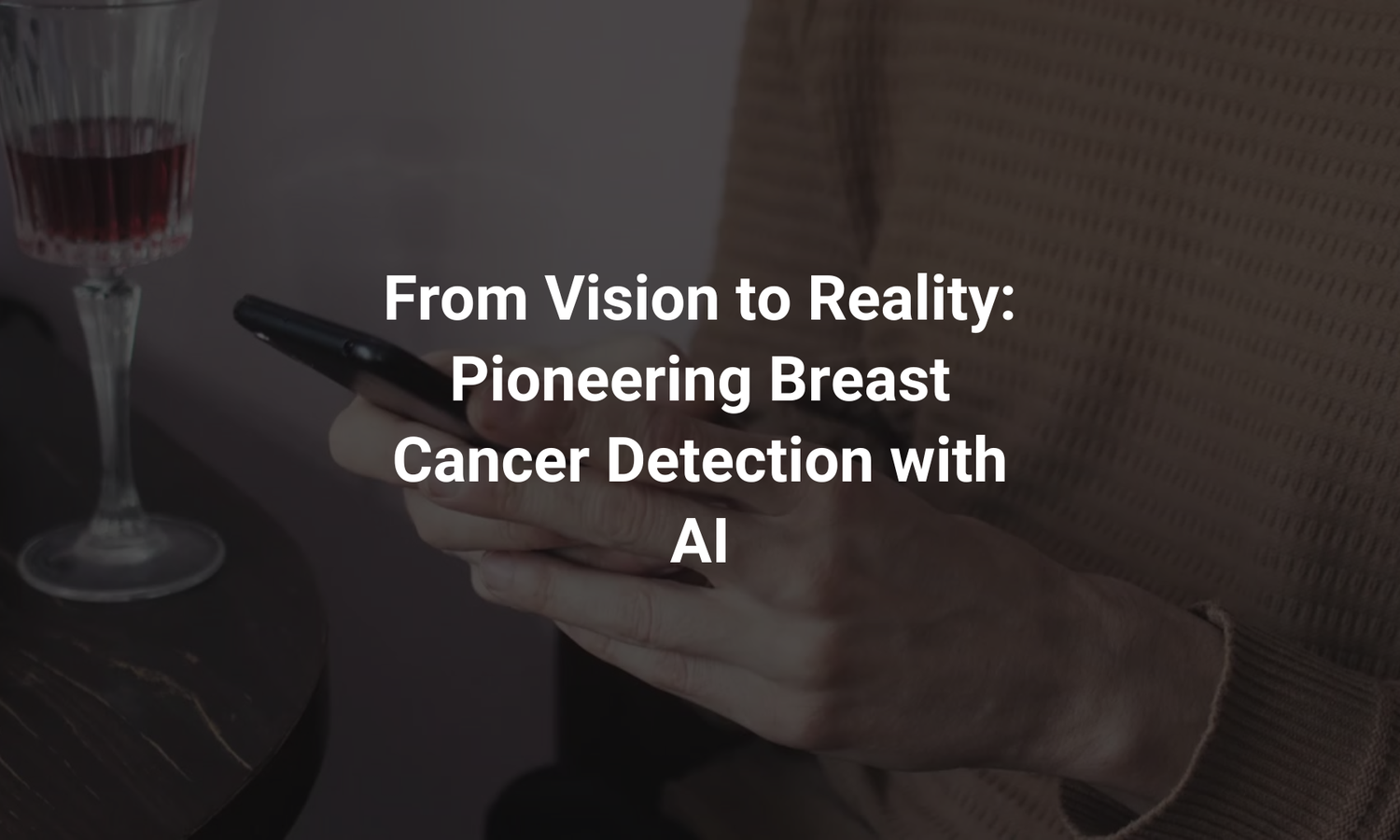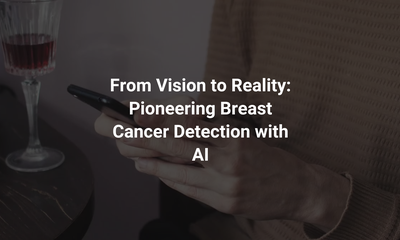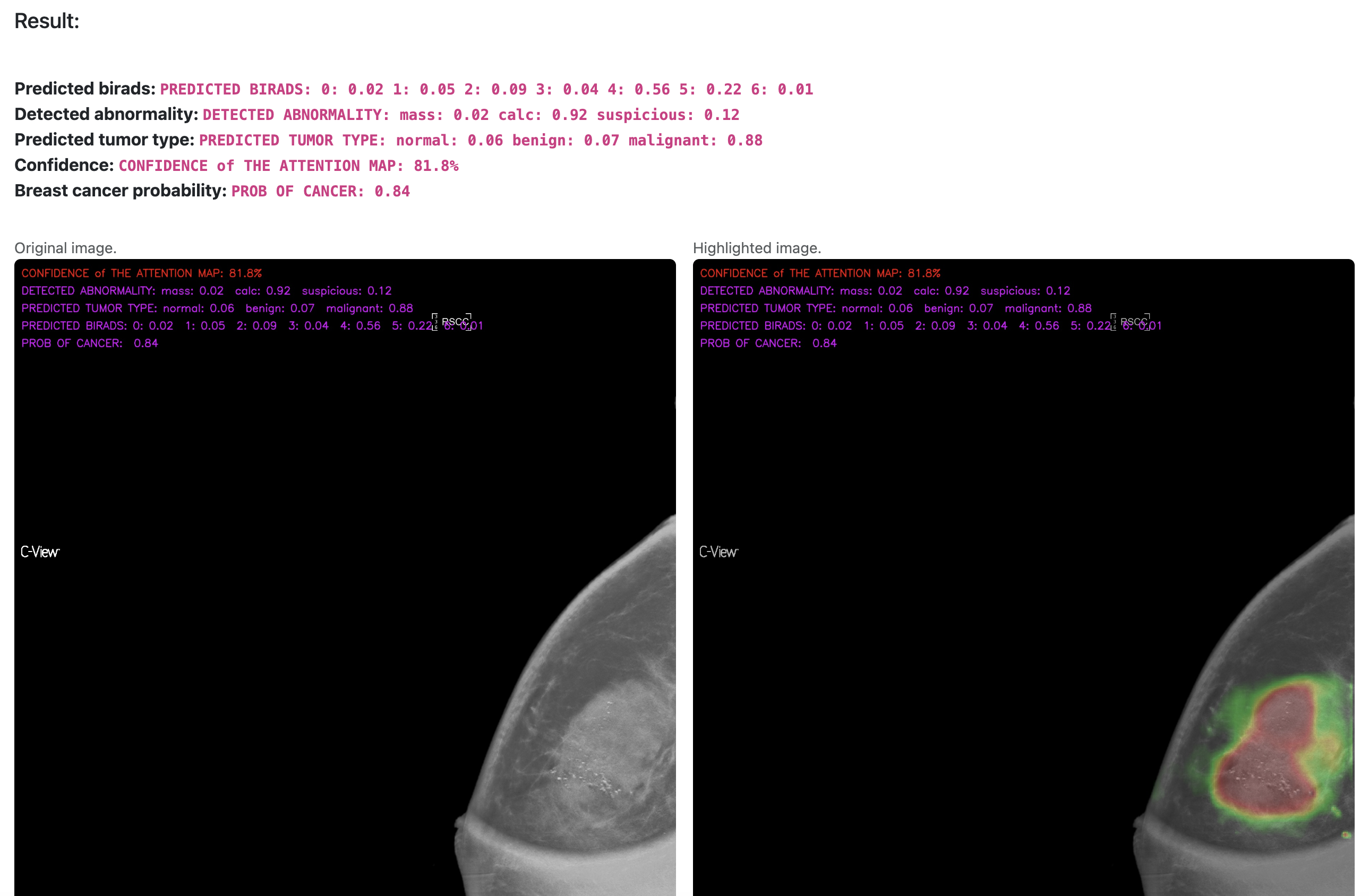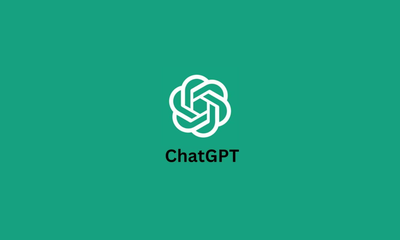From Vision to Reality: Pioneering Breast Cancer Detection with AI
By khoanc, at: May 27, 2024, 9:23 p.m.
Estimated Reading Time: __READING_TIME__ minutes


Introduction
Today's healthcare, early detection of breast cancer stands as a beacon of hope, significantly increasing the chances of successful treatment and survival. As we step into an era where artificial intelligence (AI) merges with medical science, the potential to revolutionize breast cancer detection and diagnosis is immense. This article narrates the journey of an ambitious project that sought to harness the power of AI to make early breast cancer detection more accessible, accurate, and efficient.
The Idea Overview
The inspiration for this AI model sprang from a simple yet profound realization: despite advancements in medical technology, the process of detecting breast cancer remains fraught with challenges, including variability in diagnosis and the need for more personalized and precise detection methods. Motivated by the desire to make a difference, the project embarked on a mission to develop an AI model that could not only enhance the accuracy of breast cancer detection but also serve as a versatile tool adaptable to various datasets and clinical scenarios.
Building the Foundation
The cornerstone of this AI model's development was the selection and integration of six public datasets, each offering unique insights into breast cancer imaging. These datasets included:
- CMMD, renowned for its detailed mammographic images and annotations.
- DDSM, a pioneering dataset that has fueled breast cancer AI research for years.
- INbreast, offering high-resolution images and a wide range of cases.
- VinDr-Mammo, providing contemporary images with expert annotations.
- RSNA Screening Mammography Breast Cancer Detection, a Kaggle competition dataset that challenges AI models with real-world variability.
- Mammographic Image Analysis Society (MIAS) database v1.21, known for its historical significance and comprehensive case studies.
The diversity and depth of these datasets laid a solid foundation for the AI model, enabling it to learn from a wide array of imaging types, abnormalities, and patient demographics.
Overcoming Challenges
The journey was not without its hurdles. Integrating data from multiple sources presented a significant challenge due to differences in image formats, annotations, and quality. Moreover, ensuring the model's accuracy across such a varied dataset spectrum tested both our ingenuity and perseverance. Another major obstacle was balancing the model's generalizability with its ability to make precise predictions in specific clinical scenarios.
Adopting a multi-faceted approach, we tackled these challenges head-on. Innovative data preprocessing techniques were employed to standardize the datasets, while advanced machine learning algorithms were tailored to enhance the model's learning efficiency. Through trial and error, collaboration, and relentless dedication, the project overcame these roadblocks, paving the way for breakthroughs that would shape the model's development.
The Methodology Unveiled
Inspired by the "Learning to Remember Beauty Products" approach, our AI model was designed to not just analyze images but to understand and interpret them in the context of breast cancer detection. This methodology enabled the model to perform multiple tasks simultaneously, including:
- Predicting attention maps of abnormal regions, guiding radiologists to areas of interest.
- Detecting types of anomalies, such as mass and calcification, with high precision.
- Classifying tumor types into normal, benign, or malignant, aiding in early diagnosis and treatment planning.
- Estimating BIRADS scores, providing a standardized assessment of findings.
- Predicting the probability of cancer, offering a quantifiable measure of risk.
This multi-task learning framework allowed the model to leverage the strengths of each dataset, enhancing its predictive accuracy and reliability.
Breakthroughs and Insights
Throughout the development process, several key insights emerged. Notably, the model's ability to accurately predict attention maps revolutionized how radiologists could interpret mammograms, highlighting potential areas of concern with remarkable precision. Additionally, the model demonstrated exceptional capability in distinguishing between benign and malignant tumors, a critical factor in determining the appropriate course of treatment.
The preliminary results were promising, showcasing the model's potential to significantly impact the field of breast cancer detection. These insights not only validated the effectiveness of the multi-task learning approach but also underscored the importance of integrating diverse datasets to train the model, ensuring it could operate effectively across a wide range of scenarios.
The Demo: A Gateway to Collaboration
To bridge the gap between theoretical development and practical application, a demo platform was launched (AI Breast Cancer Detection Demo). This platform serves as a tangible showcase of the AI model's capabilities, allowing users—be they investors, doctors, or researchers—to interact with the model firsthand. Through the demo, users can upload mammographic images and receive instant analyses, including attention maps, anomaly detection, tumor classification, BIRADS scores, and cancer probability predictions.
The demo is not just a tool for demonstration but also a means to gather invaluable feedback. This feedback loop is crucial for the model's continuous improvement, enabling the team to refine and adapt the model based on real-world use and expert insights.

Future Enhancements and Challenges
As we look to the future, the journey of enhancing and scaling the AI model is both exciting and daunting. Planned improvements include:
- Enhancing Model Accuracy: By incorporating more diverse datasets and leveraging advances in AI and machine learning, we aim to further improve the model's diagnostic accuracy.
- Improving User Experience: Enhancements to the demo platform will focus on making it more intuitive and informative for users, providing clearer insights and explanations of the model's findings.
- Scaling for Global Use: Expanding the model's capabilities to cater to different populations and healthcare systems worldwide, ensuring it can make a global impact.
However, these advancements come with their set of challenges:
- Data Privacy and Security: As the model handles sensitive health information, ensuring the highest standards of data privacy and security is paramount.
- Clinical Integration: Seamlessly integrating the AI model into existing clinical workflows without disrupting or complicating the healthcare providers' routines.
- Regulatory Approval: Navigating the complex landscape of medical device regulations to gain approval for clinical use, a critical step for widespread adoption.
Call to Action
The journey of developing this AI model for breast cancer detection has been a testament to the power of technology to make a meaningful impact on healthcare. As we continue to refine and expand our model, we invite collaboration, investment, and research to join us in this endeavor. Together, we can push the boundaries of what's possible in early cancer detection, improving outcomes for patients worldwide.
If you are a researcher, clinician, investor, or simply someone passionate about revolutionizing healthcare through technology, we encourage you to reach out. Explore the demo, provide feedback, and let's explore how we can collaborate to bring this vision to reality.
Conclusion
Reflecting on this journey from vision to reality, it's clear that the path to pioneering breast cancer detection with AI is both challenging and rewarding. By embracing innovation, overcoming hurdles, and fostering collaboration, we are on the cusp of transforming breast cancer diagnosis, making early detection more accessible and accurate than ever before. The future is bright, and together, we can make a difference in the lives of millions.
Acknowledgments
We extend our heartfelt gratitude to all collaborators, mentors, and organizations that have supported this project. Your insights, expertise, and encouragement have been invaluable in bringing this vision to life.
As this narrative of innovation, resilience, and collaboration draws to a close, we stand at a pivotal moment in the fight against breast cancer. The development and refinement of our AI model is not just a story of technological achievement; it's a beacon of hope for millions of women worldwide and a testament to what can be accomplished when brilliant minds come together for a common cause.
Embracing the Future Together
The future of breast cancer detection lies not just in the algorithms and datasets we've developed but in the hands of the global community—clinicians, researchers, technologists, and advocates—who share our vision of a world where breast cancer can be detected accurately and early. Our journey thus far has laid a strong foundation, but it's the collaborations that await us that will propel this project to its full potential.
A Call to Innovate and Collaborate
We are at a crossroads where innovation meets practical application, where technology meets humanity. This is a call to you—whether you are in the medical field, AI research, healthcare policy, or simply possess a passion for making a difference—to join us. Your expertise, resources, and insights have the power to shape the future of healthcare, making early and accurate breast cancer detection a standard accessible to all.
Acknowledging the Road Ahead
While we celebrate our progress, we remain acutely aware of the challenges that lie ahead. The integration of AI into clinical settings, navigating the complex regulatory landscapes, and ensuring the ethical use of technology in healthcare are challenges we must face together. These are not just hurdles but opportunities for us to set new standards, to ensure that innovation serves humanity in the most ethical, effective, and compassionate ways possible.
Join Us on This Journey
If you're inspired by the possibility of transforming healthcare and saving lives through technology, we invite you to reach out. Whether it's through collaboration, investment, or sharing knowledge, your contribution can help accelerate our progress and expand our impact. Visit AI Breast Cancer Detection Demo to see our work in action, provide feedback, or discuss potential partnerships.
In Closing
As we look to the horizon, the journey of our AI model for breast cancer detection is only just beginning. With every challenge we overcome and every milestone we achieve, we move closer to a world where breast cancer no longer poses the threat it does today. Together, with your support and collaboration, we can turn this vision into reality, saving lives and shaping the future of healthcare for generations to come.
Heartfelt Thanks
Once again, we extend our deepest appreciation to everyone who has contributed to this project. Your belief in our vision, your dedication, and your hard work have brought us to where we are today—a step closer to making a significant difference in the fight against breast cancer.
Together, we can and will make a difference.





